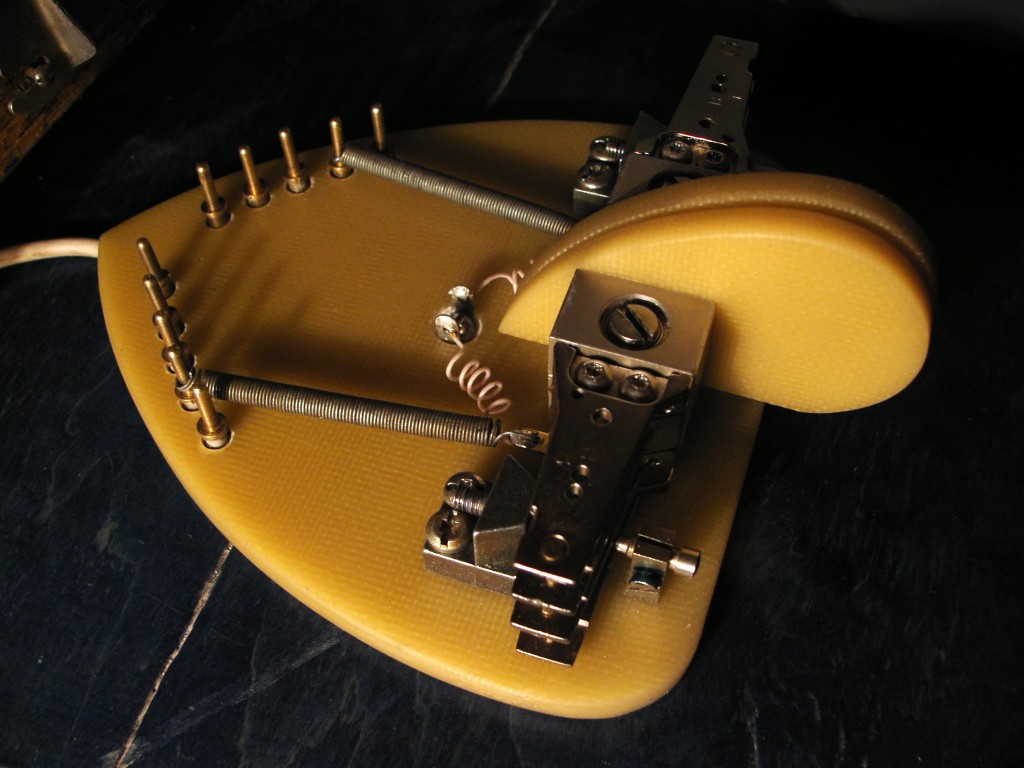Clearing the M1KTA shack of built kits I am not using to make way for and raising a bit of cash for newer projects so have decided sell a few things, I will sell these at what they cost me, check the respective websites in the list for original details, or do a google search or look on eham.net or QRP-L.
Please contact me directly via email if interested. My email address in QRZ.com is valid.
I'll update this specific blog post with details and images and add to the list but possible items include:
1. Completed Norcal power meter. I purchased and assembled the kit in 2008, it even appears on the blog. The unit is in pristine condition and works perfectly. Never taken out of the shack. I am selling it because I'm not using it and have other power/SWR measurement options in the shack.
Here are some basic specs. See the Norcal website for more details.
Frequency range: 160 thru 10 meters
Power level: 0.1 to 9.9 Watts
Accuracy: +/- 10%
Insertion loss: 0.1 dB
Power: Internal 9V battery
Connectors: BNC
Both digital and analog power displays. PEP for sideband. Audio Morse
output also.
I checked the completed unit against a calibrated power meter (I had used a Bird Meter as the callibration standard) and there was no marked error across the frequency range.
I include an assembly and operating manual.
Promised elsewhere now.2. KD1JV, Steve Weber, QBSA
This is the shack base accessory to the ATS-3 rig.
Description: Actual size, 3" long, 2.55" wide, 1.45" high.
• Digital Dial
• 0- 9.99 Watt power meter, Forward or Reverse power
• 2 Watt audio amp
• 6 to 11 volt variable voltage regulator
Designed primarily for use with the kd1jv ATS series rigs to enhance base station use of the rig, the QBSA can also be used with other QRP rigs. IF offset for producing direct reading digital dial is programmable and IF offset arithmetic operations are pin selectable.
The QBSA may also be useful on your work bench. The frequency counter is usable up to 45 MHz (100 Hz resolution), and the variable voltage regulator can deliver up to 1 amp of current if heat sinked.
This cost me $45 but never used, AVR not even mounted and still in the foam.
Check http://groups.yahoo.com/group/AT_Sprint/
3. KD1JV, Steve Weber, ATS-3B
This is a set of built boards and the LPF filters. The variable capacitors need to be added to the LPF and finally aligned but complete otherwise.
The notes on it say:
3.1" x 2.2" board fits into standard Altoids tin.
Main board + one filter board weighs 1 ounce
80/40/30/20/17/20 meter operation using plug in filter modules (supplied)
AD9834 DDS VFO for rock solid frequency stability
Sensitive 0.2 uV superheterodyne receiver
Double tuned receiver input filter for excellent image and out of band signal rejection
Four crystal IF filter and 600 Hz audio filter provide excellent CW selectivity and opposite sideband rejection
Audio AGC and limiting eliminates need for volume control.
Simple four push button, multi-function switches operate the rig.
RIT/XIT split modes
Unique "Direct Frequency Entry" using the paddle allows moving directly to any frequency in the band.
Single digit seven segment LED display for frequency readout and visual feedback, in addition to Morse annunciations.
Built in 5 to 35 wpm Iambic keyer, selectable A or B mode operation
Three keyer memories, up to 124 character total.
Reverse paddle sense option
Alternative "Stealth" paddle option allow use of tuning switches as paddles - saves additional weight by not needing an external paddle or use in emergency when external paddle or cable breaks!
2.5 watt power output with 9 volt supply, over 4 watts with 12 volt supply - on all bands. Typical PA efficiency is over 70%
Modest 35 ma receive current for long battery life.
Operates down to 5.5 volts and transmitter still puts out usable power - 800 mw!
Cost me $200
Steve has retired this now.
Check http://groups.yahoo.com/group/AT_Sprint/
4.KD1JV, Steve Weber, ATS-3A kit unmade
Original cost $180
http://web.archive.org/web/20070103081702/kd1jv.qrpradio.com/ats3a/ATS3A.HTM
Check http://groups.yahoo.com/group/AT_Sprint/ too
5. KD1JV, Steve Weber, PFR-3
I built this whilst attending FDIM 2008. Ken Evans reviewed it in the QQ shortly afterwards.
qrpkits.com sells an updated version right now. I paid $200 for mine.
http://qrpkits.com/pfr3.html
6. MKARS80 SSB Rig and CW interface
G6ALU, bought mine at the Leicester rally and the CW interface later.
http://www.radio-kits.co.uk/mkars80page.html
I have a spare set of enclosures so you could improve on mine.
Promised elsewhere now.
7. BITX20A
Built qrpkits.com kit.
8.
Tayloe SWR Indicator/Bridge built Kit
http://qrpkits.com/swrindicator.html
Promised elsewhere now.
9. Through hole Firefly 20m
http://qrpkits.com/firefly.html
Part built kit
10. SMT Firefly 20m
http://qrpkits.com/firefly.html
Unbuilt kit
11. Rockmites
12. Rockmite AF filter kits
http://www.qsl.net/n0rc/rm/builder_notes/rmaf/rmaf.html
http://web.archive.org/web/20070206191438/kd1jv.qrpradio.com/rmaf/RMAFB.HTM
13. Softrock V6.2 RX lite kits
Several bands
14. Norcal 2030 partial kit
http://www.norcalqrp.org/nc2030.htm
http://www.norcalqrp.org/nc2030partial.htm
15. KD1JV Switched Longwire Tuner from qrpkits.com
http://www.qrpkits.com/slt.html was $40
Promised elsewhere now.
16. Tenna Dipper
Two of these one is complete other still a kit of parts.
http://web.archive.org/web/20060205215329/www.4sqrp.com/kits/td/td.htm
Cost me $29 each
17. QRP2004 complete set of components for a build.
http://myweb.tiscali.co.uk/qrp2004/
£187 (cost price)
18. Norcal VE3DNL Marker Generator
http://www.norcalqrp.org/VE3DNLmarkergenerator.htm
Cost $10
























